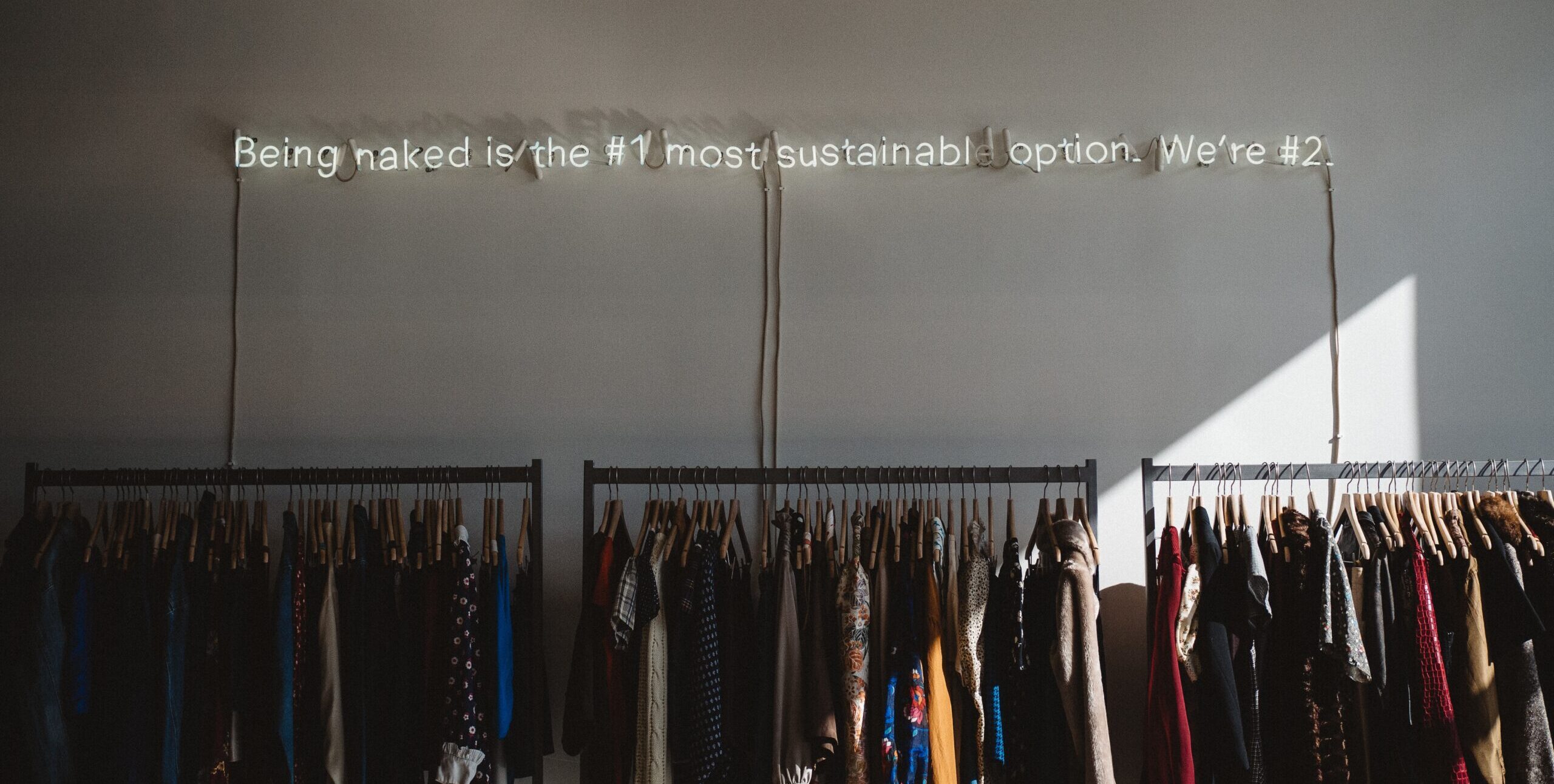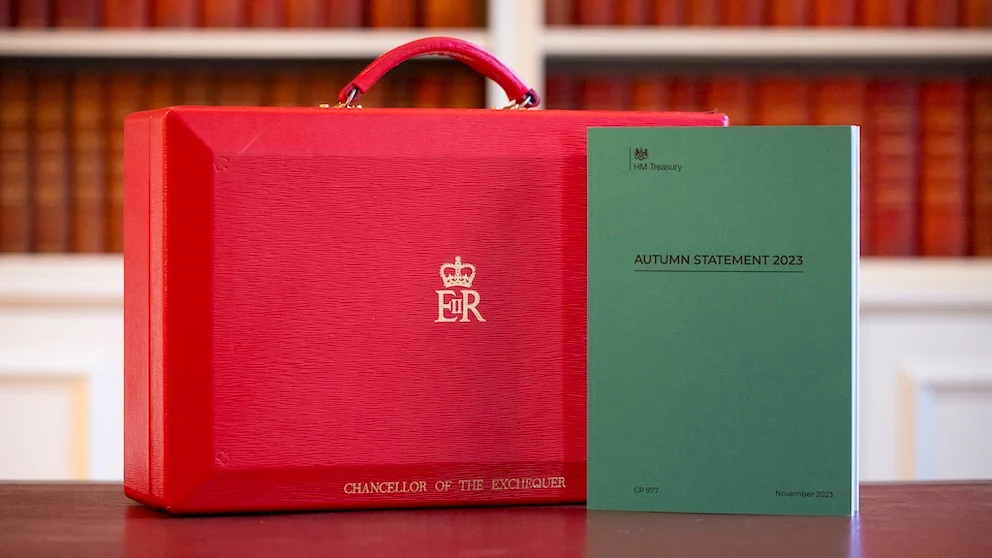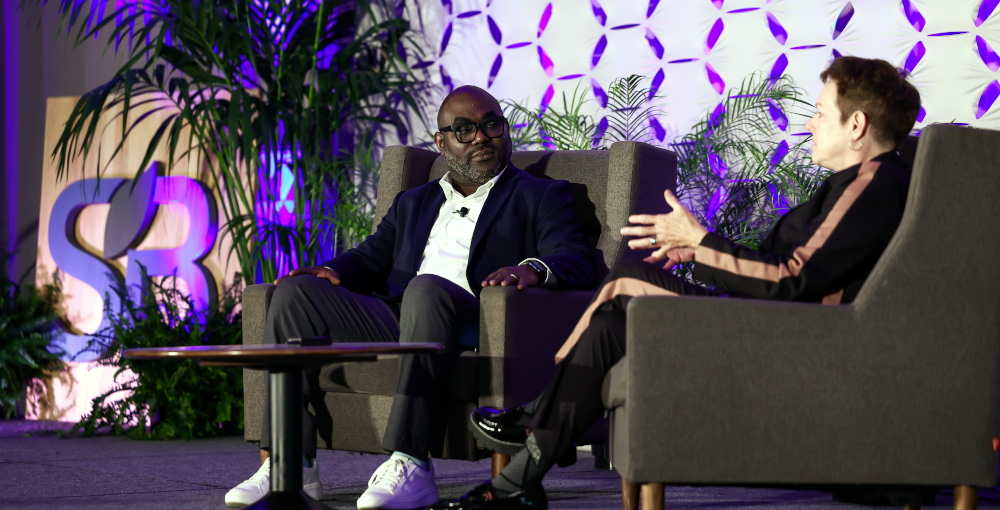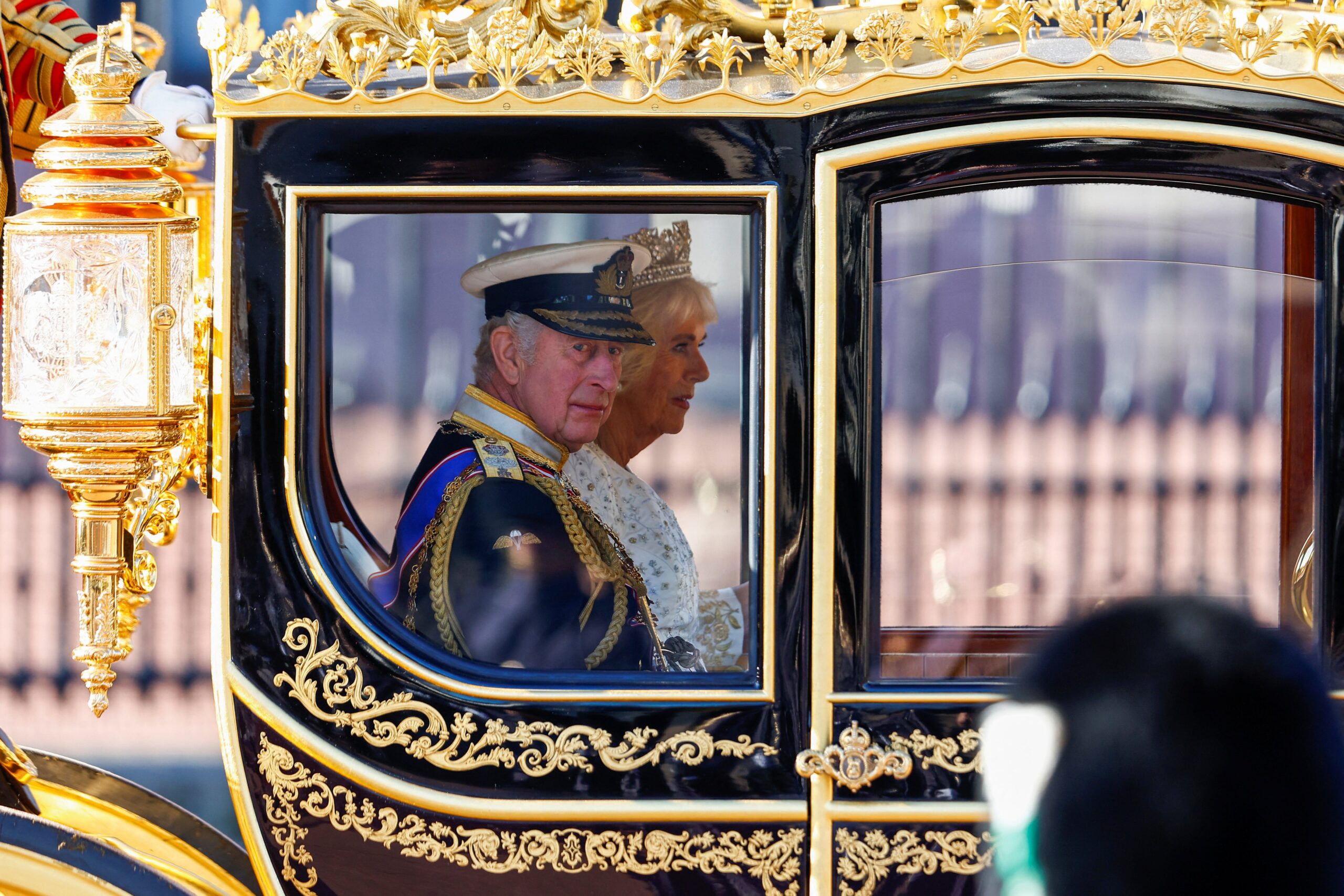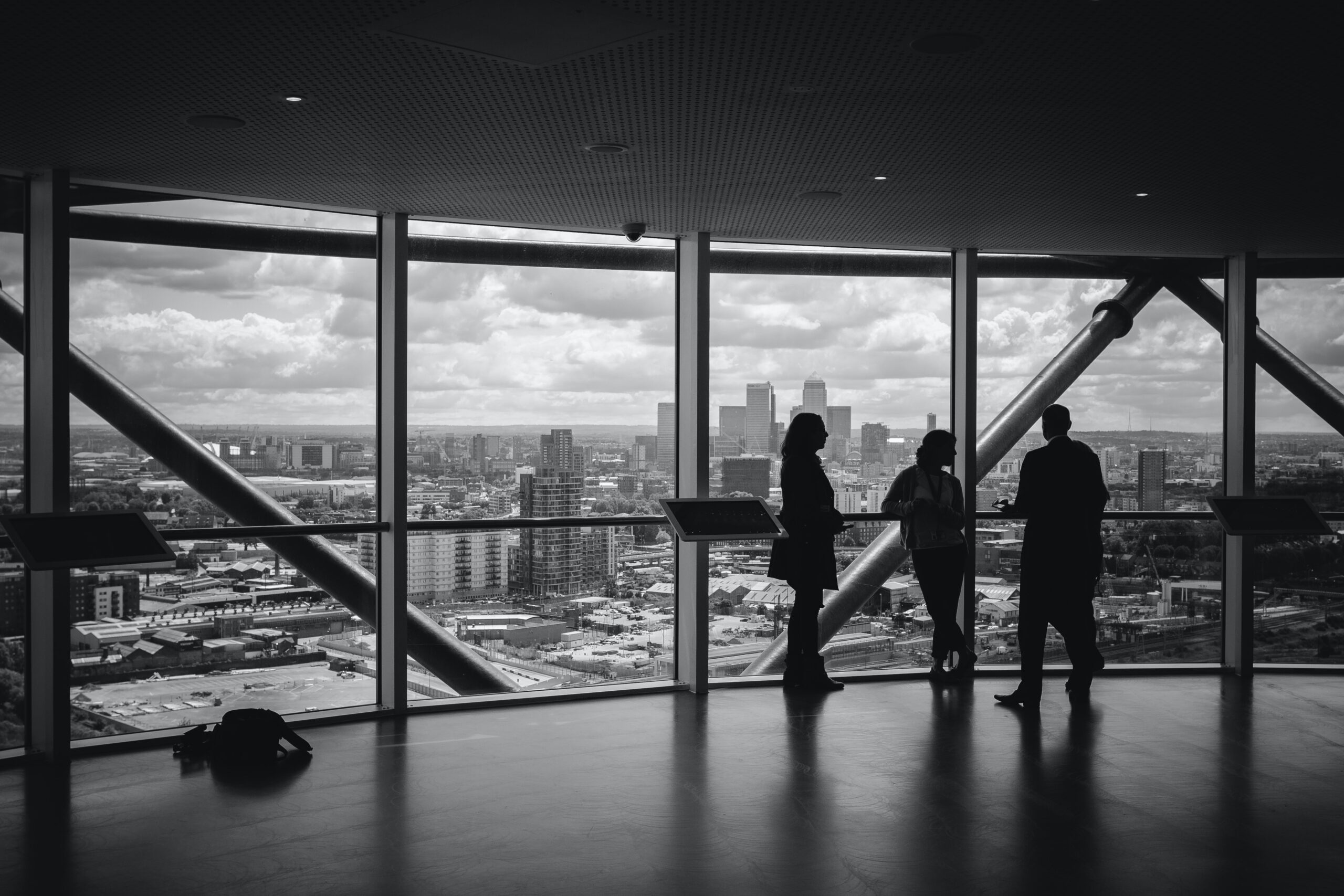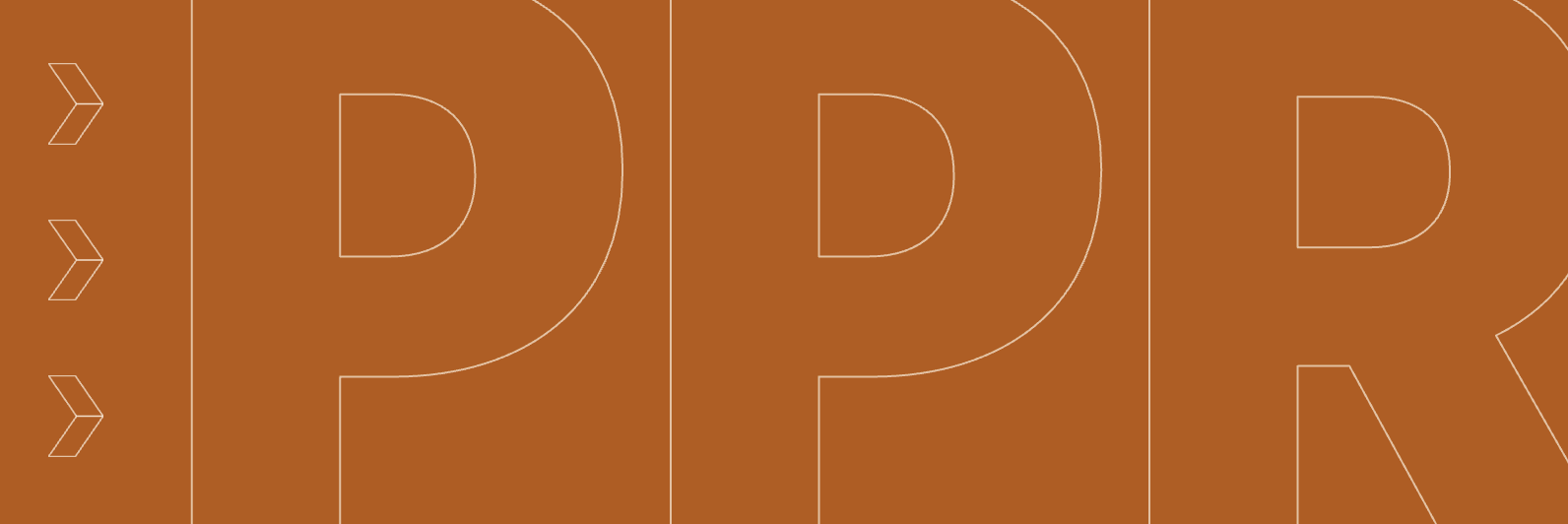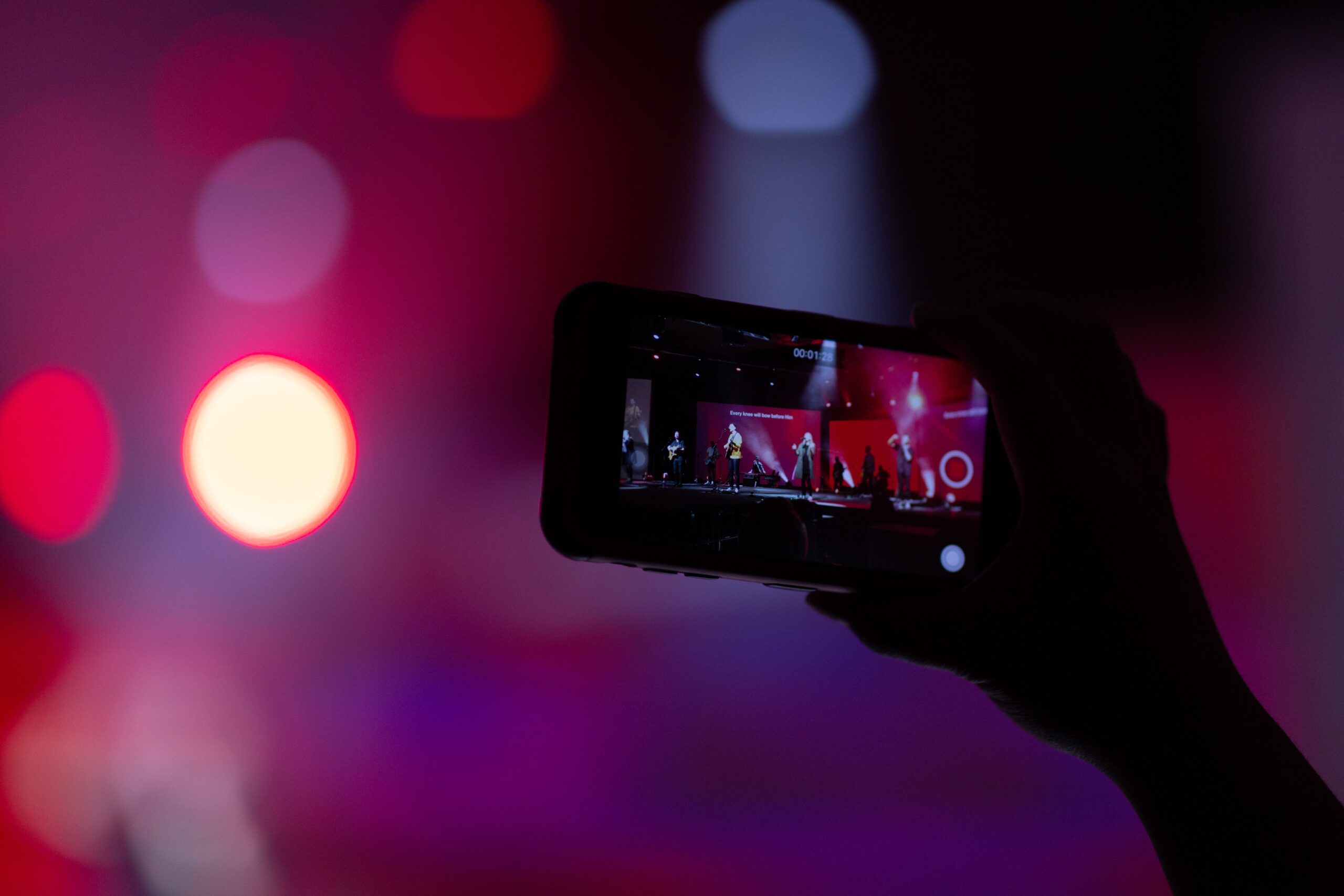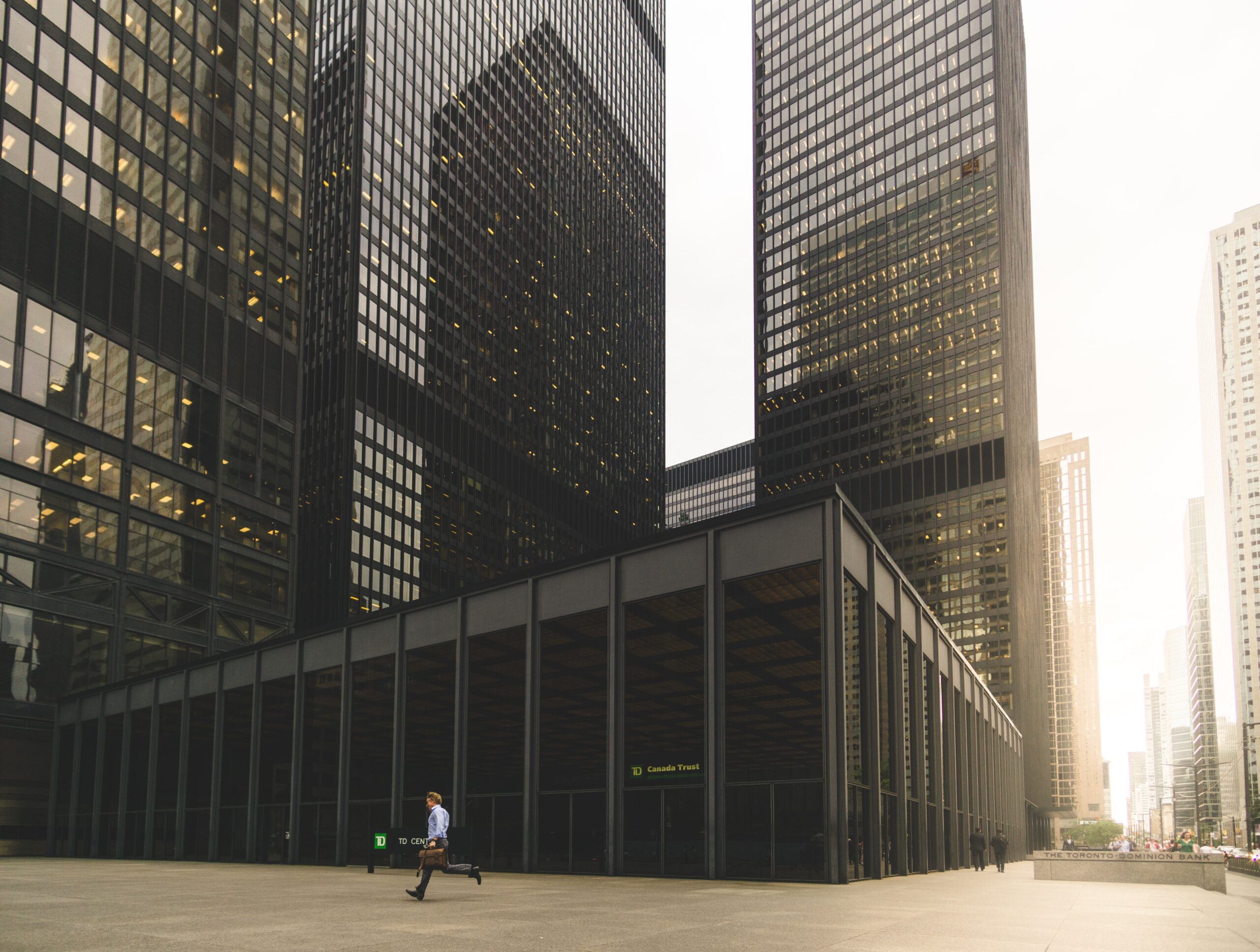Full disclosure: what I’m about to say isn’t new. Many others have voiced similar opinions – hopefully a sign that our industry is finally taking note – but sometimes some things are worth repeating.
As the sun sets on another Cannes Lions festival, let’s remember to keep saluting the work which uses creativity to drive impact and action and wave goodbye to the made-for-awards campaigns, which put sustainability and purpose in service of industry accolades. I’m sure I’m not the only one who has, at some point in their career, sat in a brainstorm or pitch meeting where the objective of the brief has been to “win the client and agency awards”. And apparently nothing says award-winner like a sustainability campaign. Create a beautiful, tear-jerker of a film, related to some vague and lofty environmental or societal cause, and watch the awards roll in.
At least that’s how things used to be, and thankfully, it’s not how we do things at Porter Novelli. Times are changing, and people are more attuned to purpose-washing and green-washing than ever before. We can see through the empty words and the hypocrisy. Sustainability isn’t a branding or sales tool or merely an outlet for marketing creativity. And it shouldn’t be seen as shorthand for awards success.
Don’t get me wrong, I’m not dismissing the role that creativity can play in operationalising sustainability commitments and there’s nothing wrong with winning awards, as long as that’s not the only end goal. When used effectively, creativity can be an incredibly powerful ally in the drive to solve some of our biggest challenges. So, let’s put it to good use, set ourselves higher standards and ambitions, and show why our industry can be a genuine force for good.
Need some inspiration? Here are three ways creativity can ignite impact and supercharge change:
- It strengthens sustainability strategies
Sustainability, by definition, is a strategy that puts environmental, social and growth intentions into action. The very nature of a sustainability strategy requires it to evolve and flex in line with the issues and opportunities it is responding to. And this is where creativity can be really useful. Take Levi’s for example. The fashion industry is notorious for wasting water, but a combination of creativity and data has enabled the brand to apply a more rigorous method to how it tackles this problem in its supply chain. Firstly, the company adopted ‘contextual water targets’, which takes into account the fact that saving water where there’s plenty of it is less important than saving it where it’s scarce. The company then set water targets for scores of its suppliers depending on where they were located and how water-stressed the local environments were. This led to some ingenious water-saving solutions. For example, one idea was to replace detergents and instead use a thimble of water and ozone gas. Another was to soften jeans by tumbling them with bottle caps and golf balls, instead of using fabric softener and water. A great example of creativity in service of sustainability!
- It’s a catalyst for product innovation
At its core, creativity is all about problem-solving. And there’s nothing like a problem to spur innovation, particularly when it comes to new products and packaging. From Piñatex (a leather alternative made from pineapple leaves), to Notpla (a biodegradable alternative to plastic made from seaweed and plants), there are countless examples of how creative thinking has been applied to new product innovation to address some of our most challenging environmental problems.
- It bolsters behaviour change
Perhaps one of the toughest challenges corporates, governments and NGOs face is not the process of defining issues and setting targets; it’s convincing us as citizens and stakeholders to change our behaviours for the better. Dare I say it, we’re creatures of habit and it takes a lot to convince us to break out of our routines. This is where creativity and communications combined can really come into play, and it’s often the simplest of solutions that see the most success. Whether they’re incentives such as the single-use plastic bag tax, nudges such as washing our clothes at 30 degrees, or seamless and fun interventions such as turning soap into crayons to improve children’s handwashing habits, persuasive creativity doesn’t need to be flashy or have high production values, yet it’s nearly always the secret to effective behavioural and social change.


